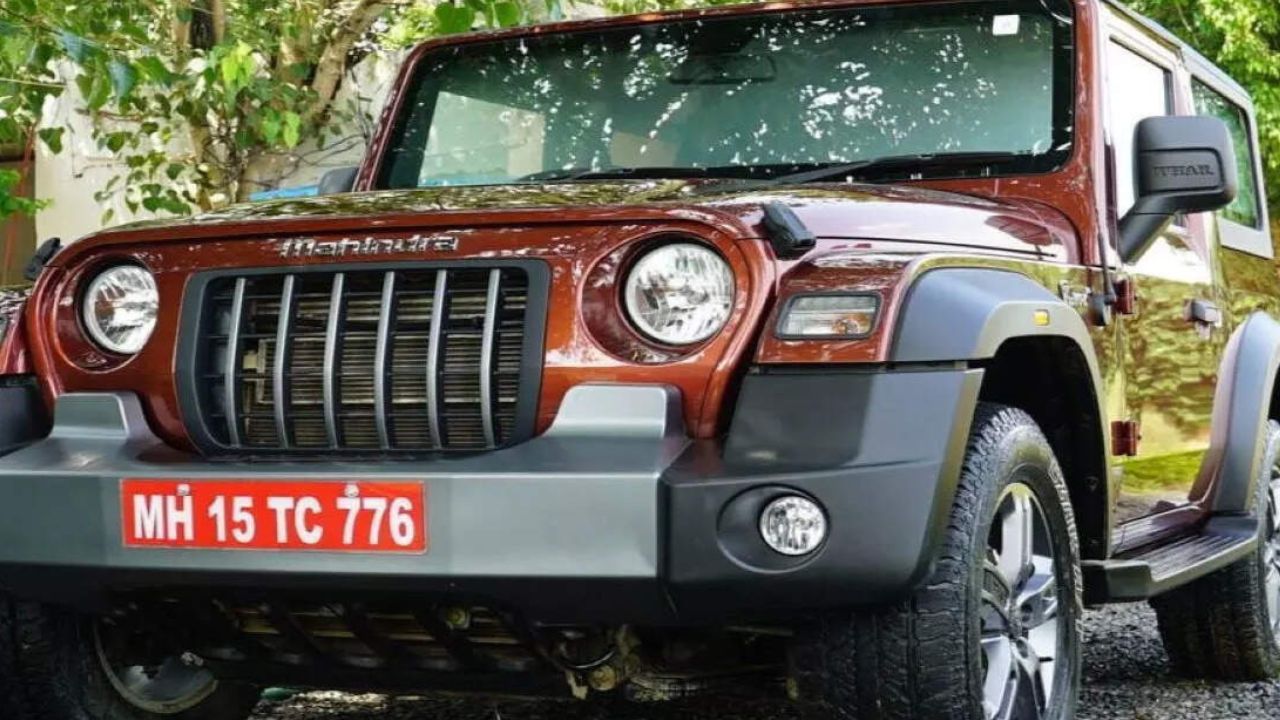How will the GST 2.0 Auto industry benefit from?
Under the new GST policy, many small and medium -sized cars are kept in 18 percent slabs. However, the luxury car will be taxed at a rate of 40%. Although with growth, luxury cars will see lower tax rates than the current rule.
In the current rule, small petrol cars with 1,200cc engine capacity and less than 4 meters are currently attracting 28% GST and 1% compensation cess. Small diesel cars with engine capacity of more than 1,500 cc and less than 4 meters in length get 28% GST and 3% cess, resulting in 31% of the total tax occurrence.
The GST rate for all cars except electric vehicle is 28%, but the cess rates change and the total tax event varies. Engine capacity of more than 1,500 cc and SUVs of more than 4 meters are taxed at a rate of 50%, with 28% GST and 22% cess.
With the GST rate repetition, the government facilitates the tax system for the car.
Popular cars became cheaper
Maruti Suzuki Alto K10: This is the most affordable car in India and hatchbacks with some 1.0-liter petrol engine. It is popular in both private and taxi service sections. The cost cut with the improved GST in the Alto K10 will be seen. It is expected to reduce the price to approximately 3.81 lakh (X-showroom) from 4.23 lakhs (X-showroom).
Maruti Suzuki Swift and Dzire: Two popular cars will attract 18 percent GST, which are less than 28 percent. Car prices are expected to drop by approximately Rs 60,000.
Hyundai Grand I10: This car is an entry level hatchback promising upgrade features. With GST 2.0, it is likely to be cheaper from a small hatchback of 1.2-liter engine to about 5.98 lakh (X-showroom) to about 5.51 lakh (X-showroom).
“We welcome the GST reforms announced by the Government of India at Hyundai Motor India Limited (HMIL). This revolutionary step will inspire the Indian economy, enthusiastically, and strengthen customer confidence. India And Make in India The initiative, encouraging domestic production and increasing demand in both urban and rural markets, “Hyundai Motor India, UNO Kim said.
Maruti Suzuki S-Presso: Another affordable Maruti hatchback supported by a 1.0-liter engine, will reduce the cost. With the change of GST rate, the cost of a car worth 4.26 lakh can now be 3.83 lakh.
Tata Tiago: The car is considered to be one of the safest access-level hatchbacks in the country. The 1.2-liter engine propelled hatchback is with a strong build quality, Global NCAP 4-star safety rating and incubated features. The car arrives in petrol-coal and petrol-CNG powerprene. Due to the GST deduction, Tiago is expected to be available at a low cost of Rs 5.15 lakh (X-showroom) compared to Rs 5.55 lakh (X-showroom).
Renault Quinity: The live competitor of Maruti Suzuki Alto K10, Renault Quid, is the only hatchback of the French company. With the improved GST rates, KWID seemed to see approximately Rs 40,000 at its sticker price.
Tata Nexon: One of the most popular and most sold SUVs in India, Tata Nexon, which fits only in 18 percent of the engine and length, will see a significant drop in prices. Base model prices can be reduced by approximately 80,000 rupees.
Hyundai Creta: Although Creta, one of the most popular SUVs in India, will now be under 40 per cent of the GST lab, but earlier 43 per cent tax was imposed, including 28 per cent GT and 15 percent cess. Now the price is expected to drop by Cent percent now, which will benefit the customers slightly.
Mahindra Thar: Lifestyle SUV G is considered to be one of the true off-roads in the Indian market. Depending on the variant, it is currently taxed 45-50 percent. However, with the new GST rule, the car will now be taxed 40 percent.
Mahindra Scorpio: ?? Currently, most of these SUVs are taxed by 50 percent, with 28 percent GST and 22 percent cess. With the cess scraped, Scorpio will now attract 40%GST.
Toyota Inona Kristista: Like Scorpio, Toyota Innova Christ attracted 28 percent GST and 22 percent cess and the total tax is 50 percent. A 40 percent tax will now be levied on the popular highly popular car.

